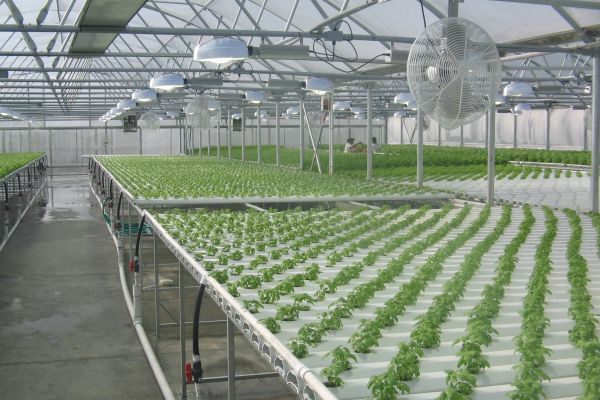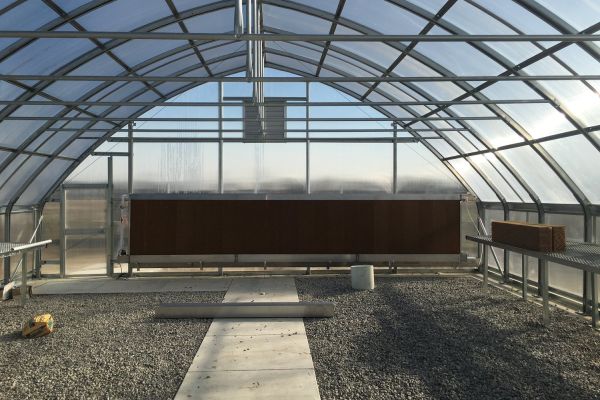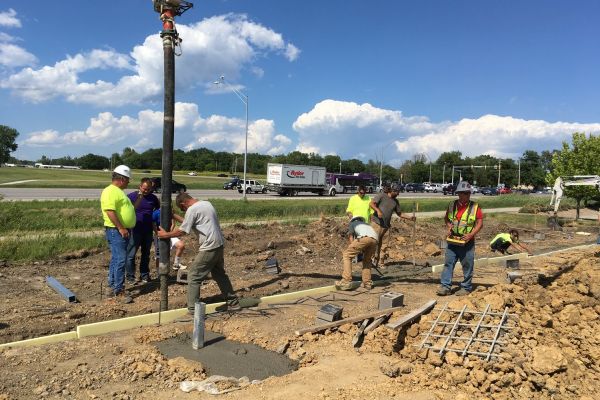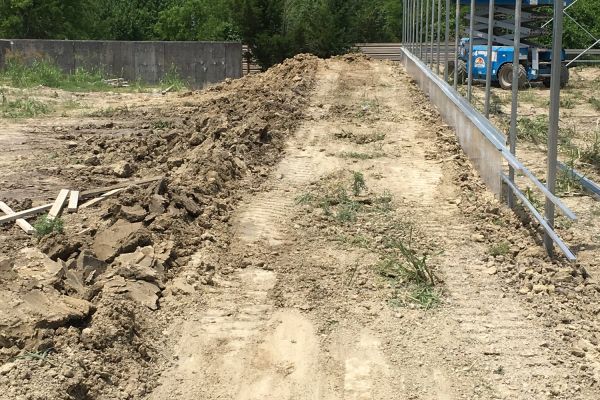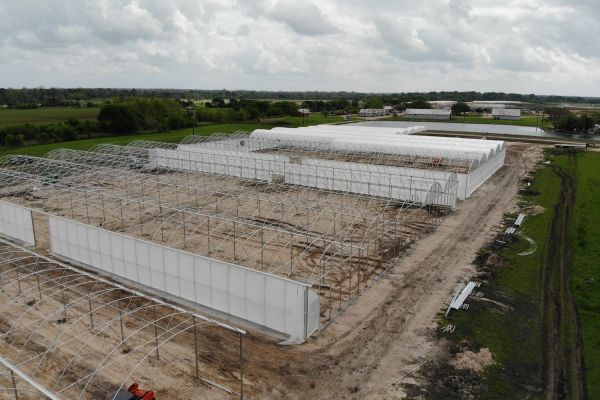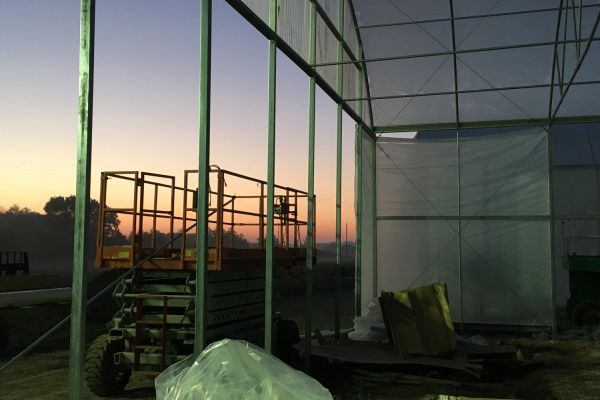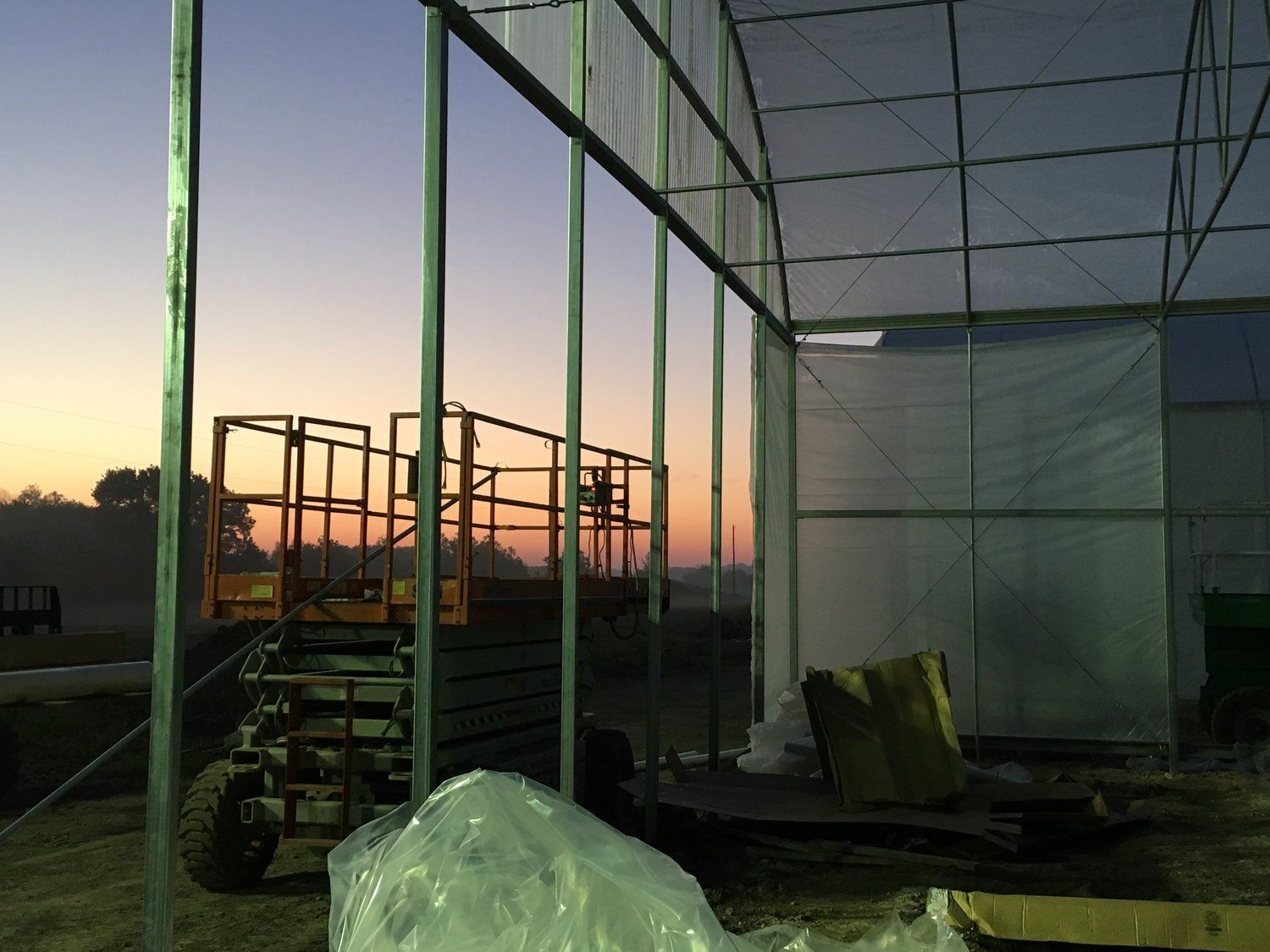
Challenges and Considerations in Commercial Construction Projects
Commercial construction projects are complex undertakings that require meticulous planning, coordination, and execution. These projects involve various stakeholders, regulatory requirements, and logistical challenges. Understanding the common challenges and key considerations can help project managers and developers navigate the complexities and achieve successful outcomes. Here’s an in-depth look at the primary challenges and considerations in commercial construction projects.
1. Regulatory Compliance
1.1 Building Codes and Standards
-
Challenge: Ensuring that the construction project adheres to local, state, and federal building codes and standards can be challenging due to their complexity and variability.
-
Consideration: Work closely with architects, engineers, and legal advisors to understand and comply with all relevant codes. Regularly review and update compliance strategies as regulations change.
1.2 Zoning Laws and Permits
-
Challenge: Navigating zoning laws and obtaining the necessary permits can delay project timelines if not managed properly.
-
Consideration: Engage with local authorities early in the planning process to understand zoning requirements and streamline the permitting process.
2. Budget Management
2.1 Cost Overruns
-
Challenge: Cost overruns are common in commercial construction due to unforeseen issues, changes in project scope, or material price fluctuations.
-
Consideration: Develop a detailed budget with contingencies for unexpected expenses. Use cost-tracking software and conduct regular financial reviews to stay on budget.
2.2 Financing
-
Challenge: Securing sufficient financing can be difficult, especially for large-scale projects with significant upfront costs.
-
Consideration: Explore various financing options, such as loans, grants, and investor funding. Present a solid business case and financial plan to potential financiers.
3. Project Scheduling
3.1 Delays
-
Challenge: Delays can occur due to weather conditions, supply chain disruptions, or labor shortages, impacting the project timeline.
-
Consideration: Create a realistic project schedule with built-in buffers for potential delays. Monitor progress regularly and adjust the schedule as needed.
3.2 Coordination of Trades
-
Challenge: Coordinating multiple trades and subcontractors to ensure timely and efficient progress can be challenging.
-
Consideration: Implement a detailed project management plan that outlines roles, responsibilities, and timelines. Use project management software to facilitate communication and coordination among all parties.
4. Site Selection and Preparation
4.1 Site Suitability
-
Challenge: Selecting a suitable site that meets all project requirements, including accessibility, utilities, and environmental conditions.
-
Consideration: Conduct thorough site assessments and feasibility studies to evaluate the suitability of potential sites. Consider factors such as soil stability, flood risk, and proximity to infrastructure.
4.2 Environmental Impact
-
Challenge: Mitigating the environmental impact of construction activities, such as pollution, waste, and habitat disruption.
-
Consideration: Develop and implement an environmental management plan that includes strategies for minimizing impact, such as erosion control, waste reduction, and habitat preservation.
5. Quality Control
5.1 Construction Quality
-
Challenge: Ensuring high construction quality and adherence to design specifications throughout the project.
-
Consideration: Implement a rigorous quality control program that includes regular inspections, testing, and documentation. Engage experienced contractors and subcontractors with a proven track record of quality work.
5.2 Safety Standards
-
Challenge: Maintaining safety standards to protect workers and comply with occupational health and safety regulations.
-
Consideration: Develop a comprehensive safety plan that includes training, safety protocols, and regular audits. Promote a culture of safety and ensure that all workers are aware of and follow safety guidelines.
6. Technology Integration
6.1 Adoption of New Technologies
-
Challenge: Integrating new construction technologies, such as Building Information Modeling (BIM), drones, and advanced machinery, can be complex and require significant investment.
-
Consideration: Evaluate the potential benefits and costs of new technologies. Provide training and support to ensure effective adoption and use of technology in the project.
6.2 Data Management
-
Challenge: Managing large volumes of project data, including design documents, permits, and schedules.
-
Consideration: Use data management software to organize and store project information securely. Ensure that all stakeholders have access to up-to-date data and documentation.
7. Stakeholder Management
7.1 Communication
-
Challenge: Maintaining clear and consistent communication among diverse stakeholders, including clients, contractors, suppliers, and regulatory bodies.
-
Consideration: Establish regular communication channels and meetings to keep all stakeholders informed and engaged. Use project management tools to facilitate communication and collaboration.
7.2 Expectations and Requirements
-
Challenge: Balancing different expectations and requirements from various stakeholders can be challenging and may lead to conflicts.
-
Consideration: Clearly define project goals, roles, and responsibilities from the outset. Use mediation and negotiation techniques to address conflicts and align stakeholder expectations.
Conclusion
Commercial construction projects are inherently complex, requiring careful planning, coordination, and management to overcome the numerous challenges involved. By understanding and addressing these challenges, project managers and developers can enhance their chances of delivering successful projects on time, within budget, and to the required quality standards. Continuous learning, adaptation, and the use of advanced project management techniques are key to navigating the complexities of commercial construction.
If you have any questions or need further insights into managing commercial construction projects, feel free to reach out. Successful project management starts with informed decision-making and strategic planning!
Most Popular Greenhouse Articles
